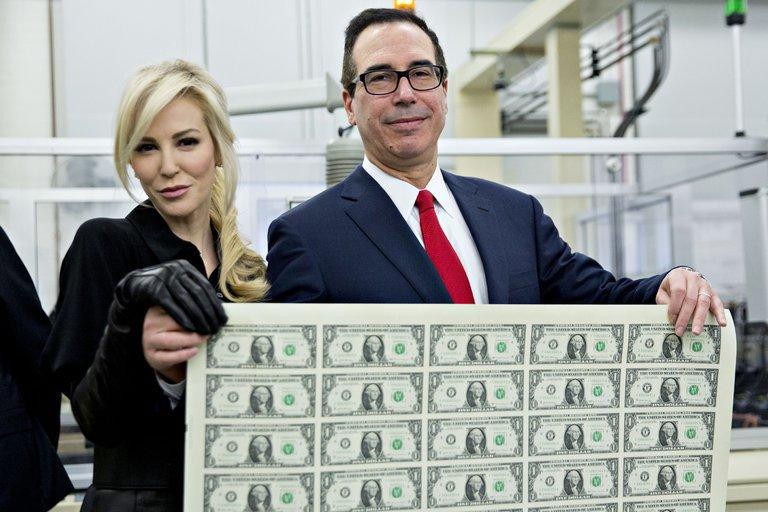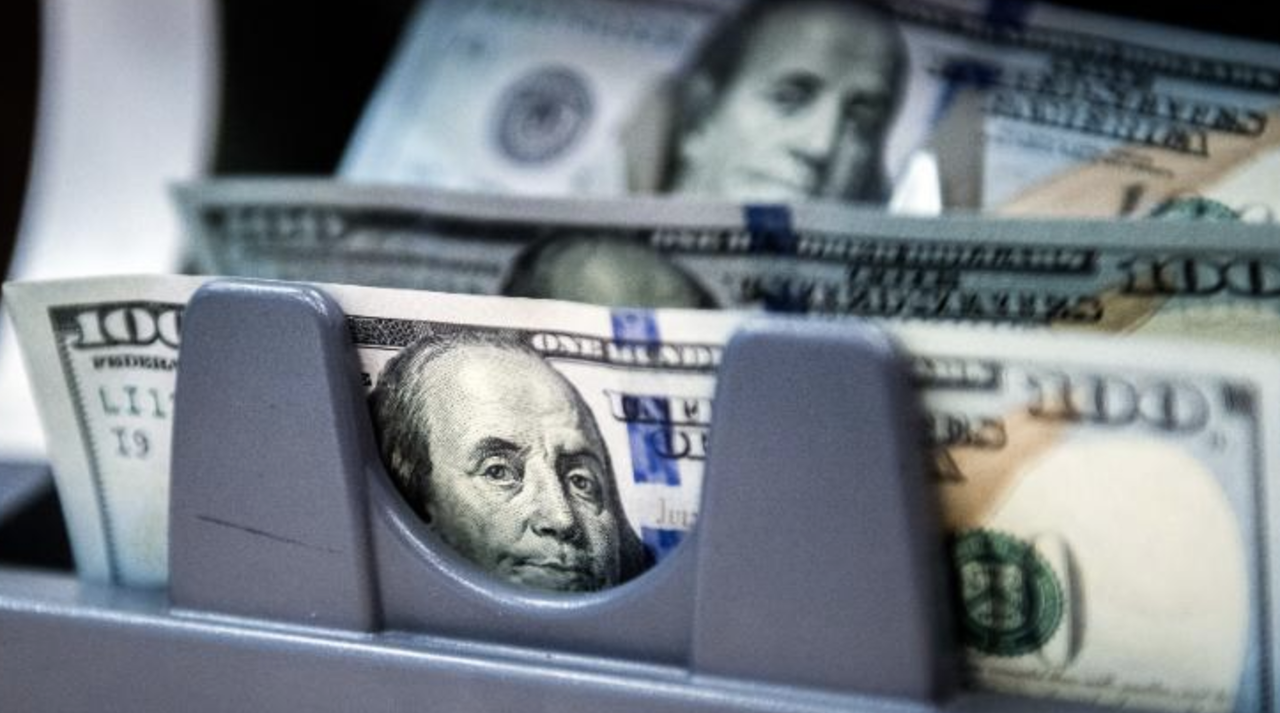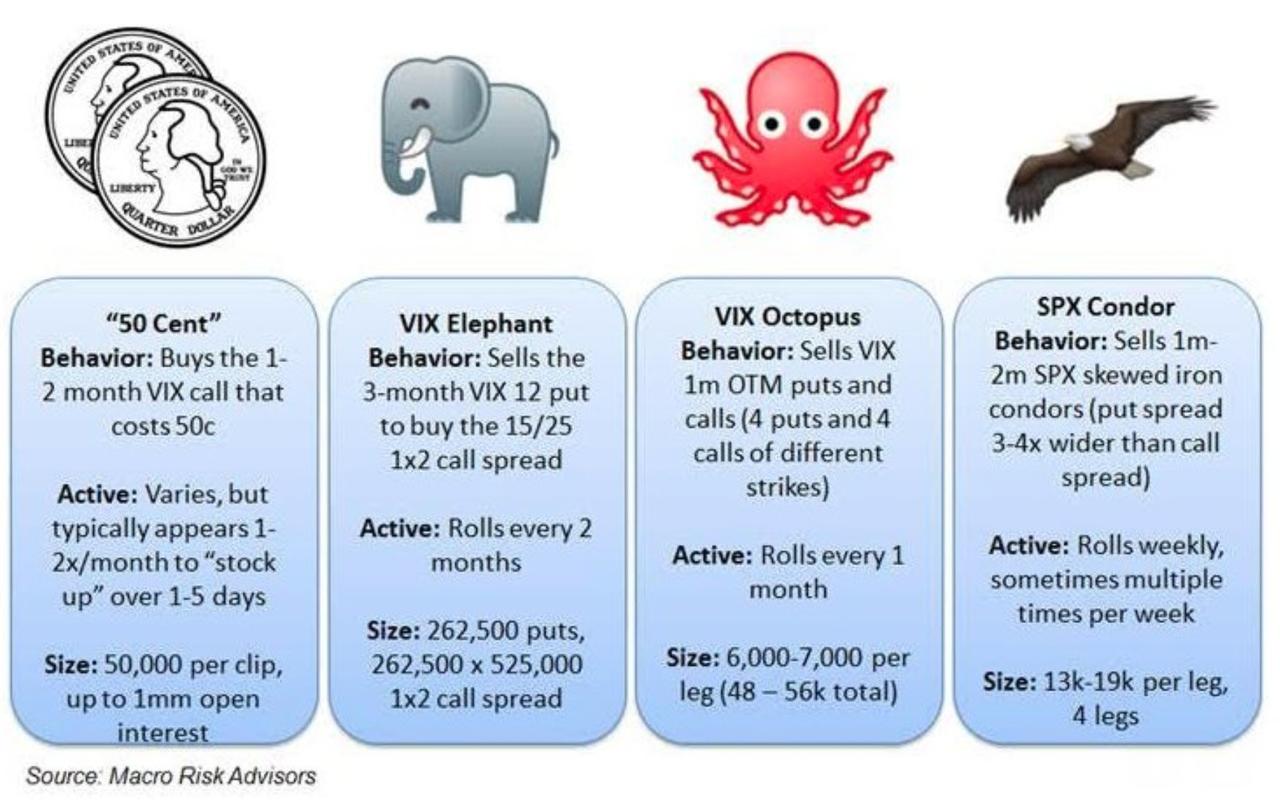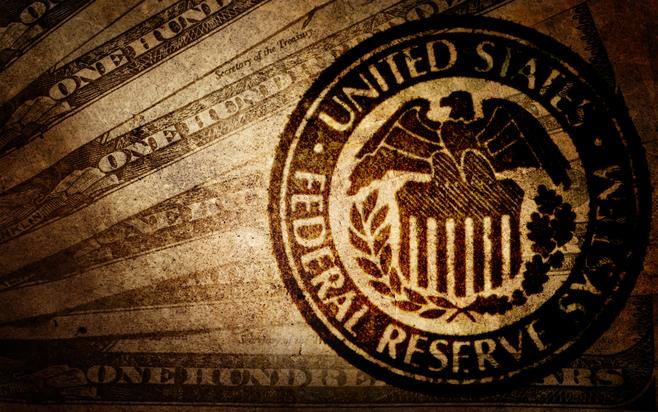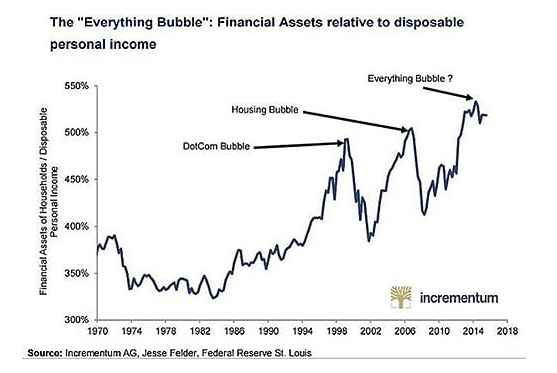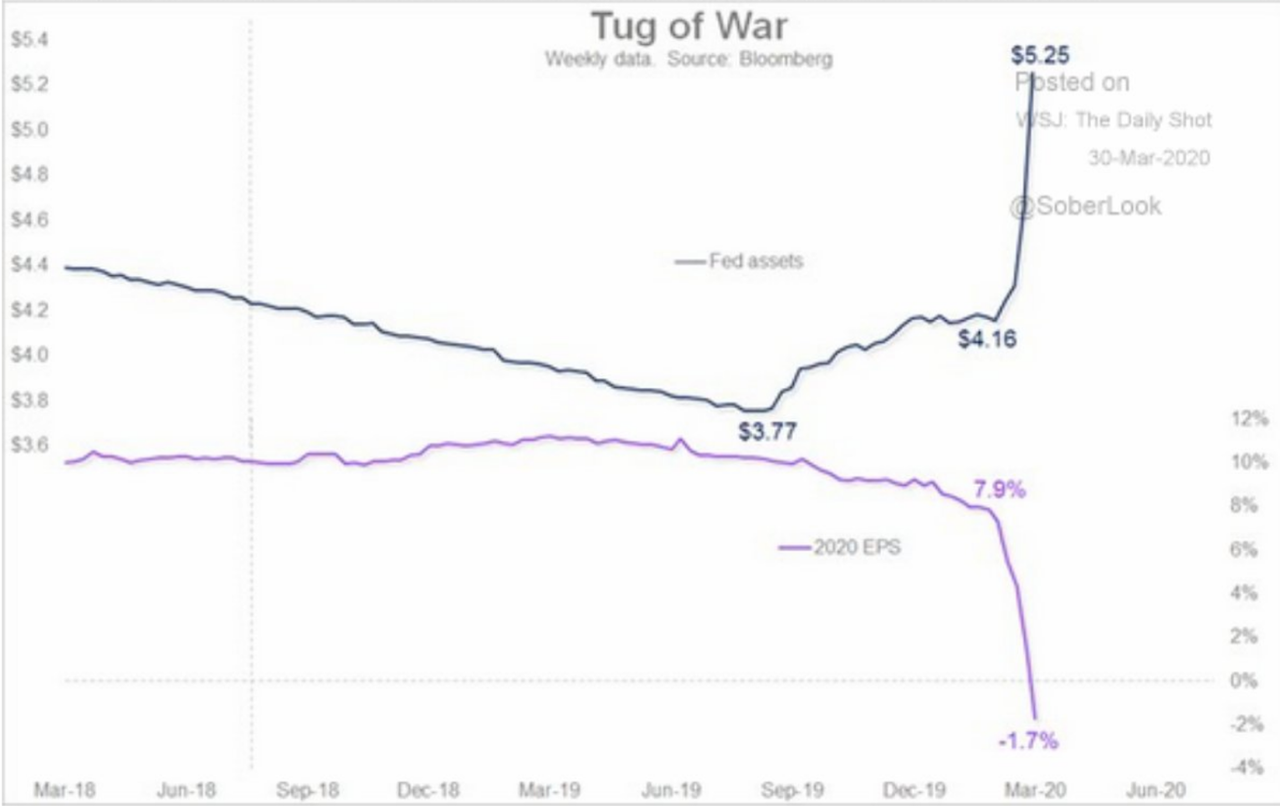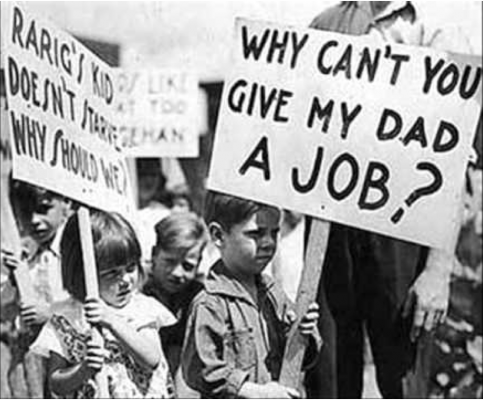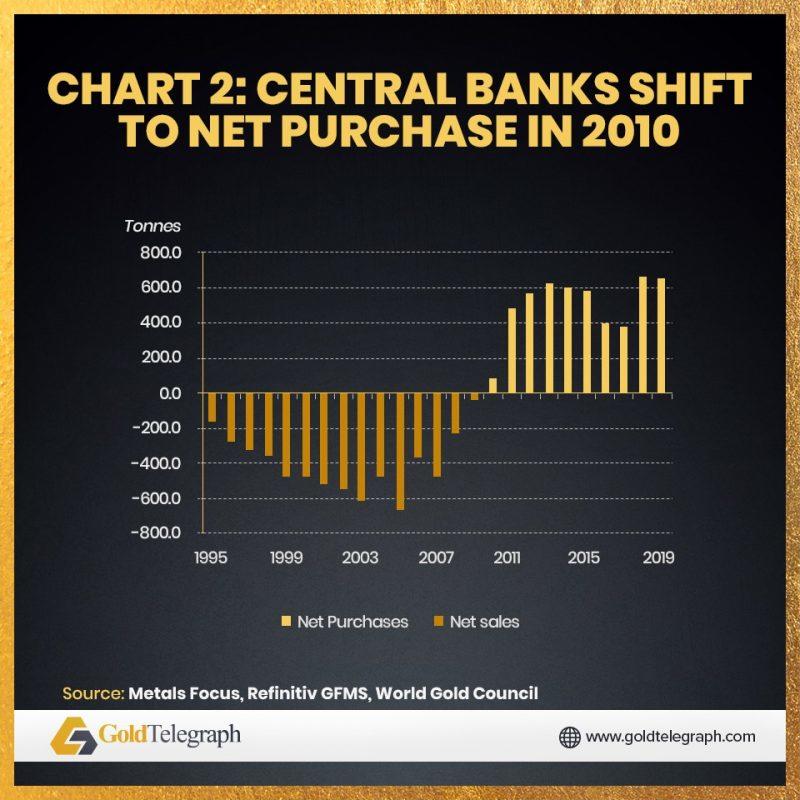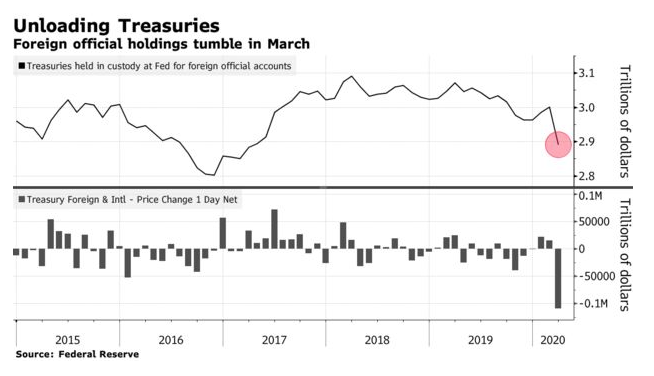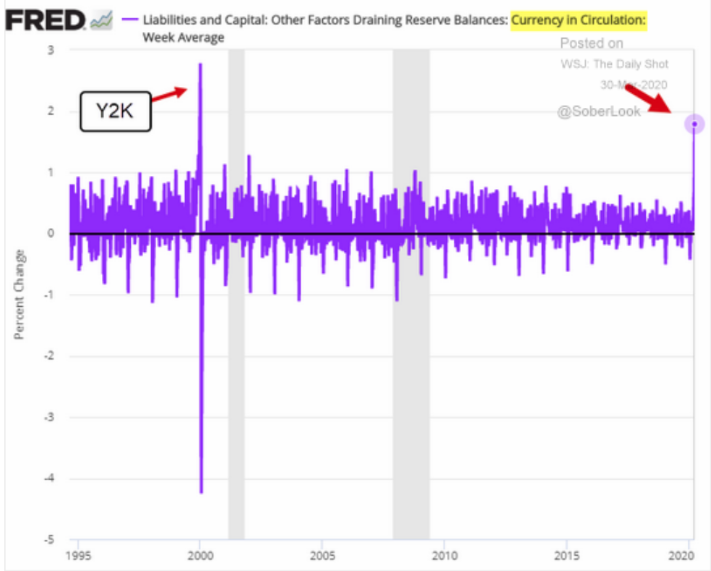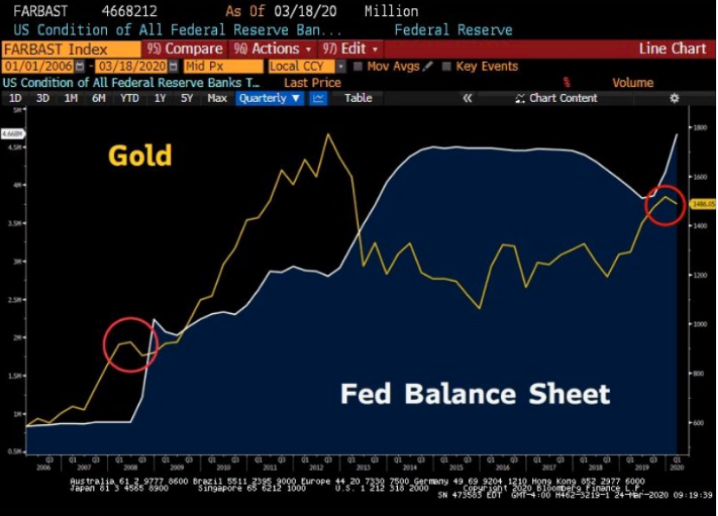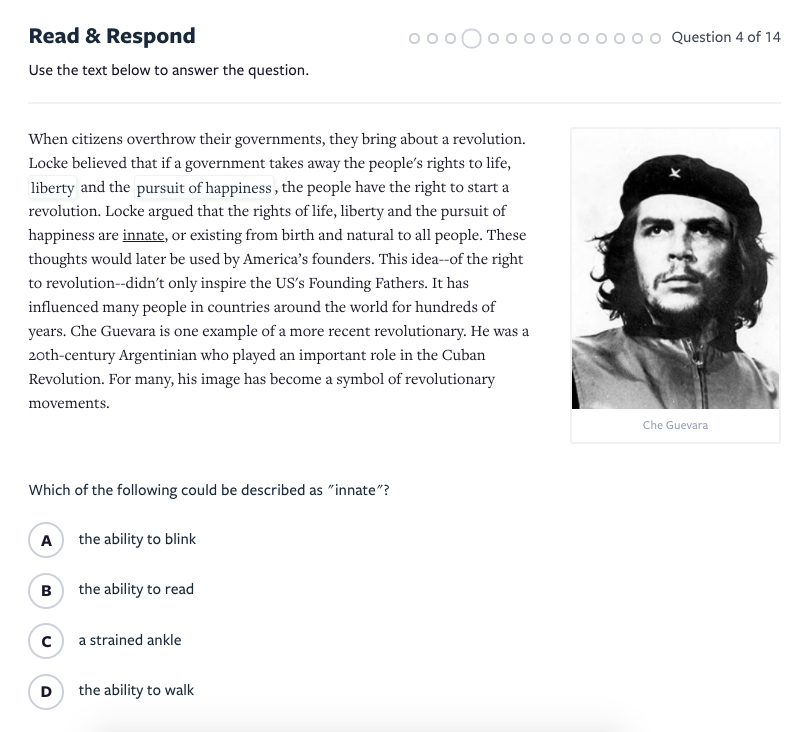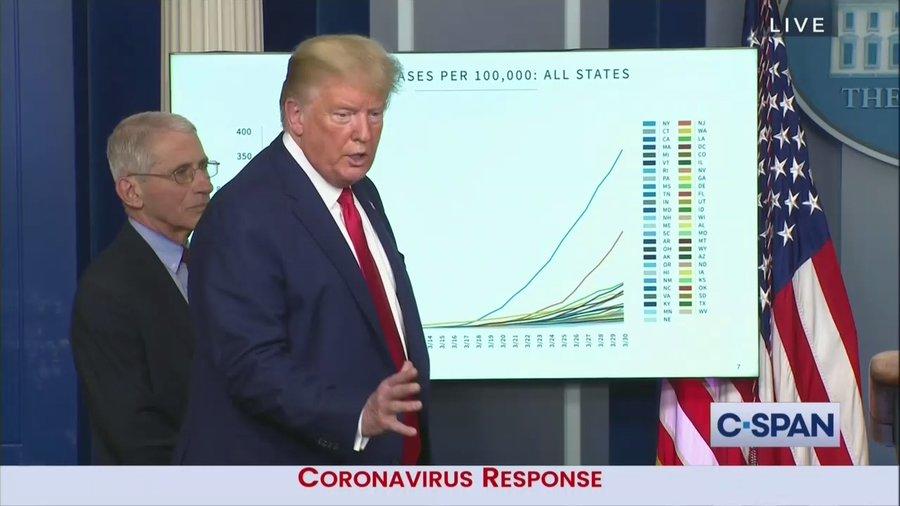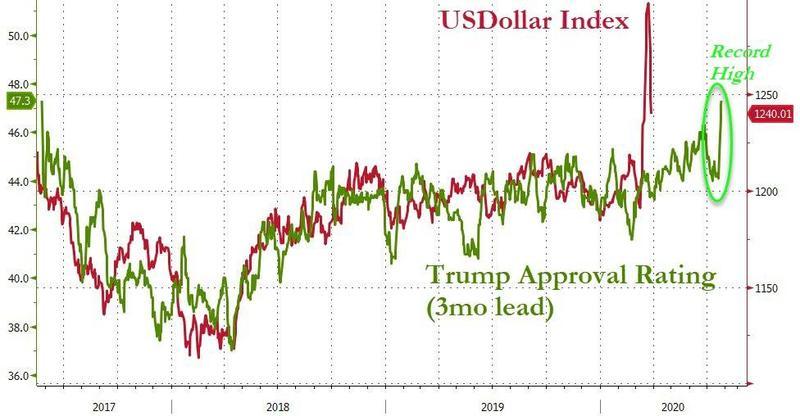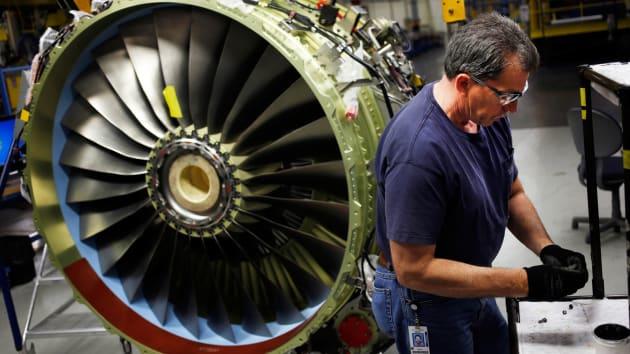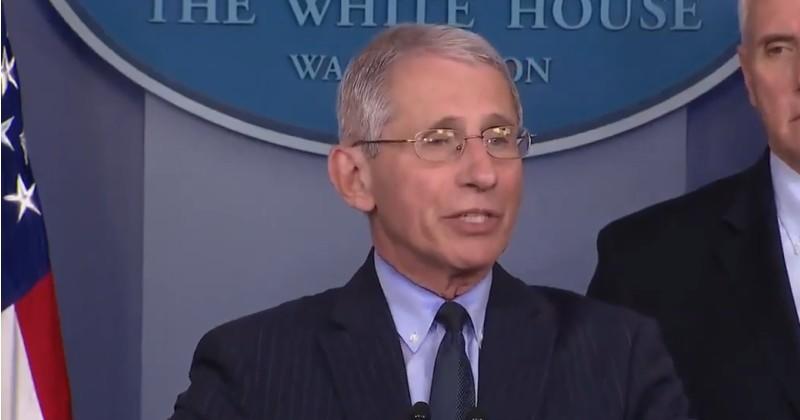A couple of weeks ago, my oldest daughter, who is about to turn 27, developed symptoms consistent with COVID-19: a dry cough, a fever, and difficulty breathing. On March 23, she went to an urgent care clinic for a nasal swab test, which came back negative on Tuesday, eight days later. She was disappointed, in a sense, because she hoped she would at least come out of the experience with some immunity to the virus. Her doctor instructed her to remain isolated at home for three days after her symptoms subsided, just in case.
That is sound advice in light of evidence suggesting that negative COVID-19 tests may frequently be wrong. A study of 213 patients in China’s Guangdong province who had laboratory-confirmed COVID-19-related pneumonia found that in mild cases tested up to seven days after the onset of symptoms, the virus showed up in samples from nasal swabs 72 percent of the time; in severe cases tested within seven days, it was detected 73 percent of the time. For patients tested eight to 14 days after symptom onset, the nasal swab tests were positive 72 percent of the time in severe cases and just 56 percent of the time in mild cases.
“False-negative test results—tests that indicate you are not infected, when you are—seem to be uncomfortably common,” warns Harlan Krumholz, a professor of medicine at Yale, in a New York Times article published yesterday. “Some of my colleagues, experts in laboratory medicine, express concerns [that] the false-negative rate in this country could be even higher” than in China.
A substantial false-negative rate has several important implications. Most obviously, it means that people who have tested negative cannot safely assume they are not carrying the virus. The results of the China study, if confirmed (see caveats below), reinforce the case for general use of face masks in public and further undermine confidence in the official tallies of COVID-19 cases by the U.S. Centers for Disease Control and Prevention (CDC).
My daughter might have had COVID-19, but she does not count as a confirmed case. So in addition to all the people who carry the virus but do not seek treatment or testing because they have no symptoms or have mild symptoms they attribute to a cold or the flu, there may be a sizable group of people who have COVID-19 but are incorrectly told they do not. That makes calculating the true case fatality rate even more challenging.
“If you test negative for COVID-19,” the CDC says, “you probably were not infected at the time your specimen was collected. However, that does not mean you will not get sick. It is possible that you were very early in your infection at the time of your specimen collection and that you could test positive later, or you could be exposed later and then develop illness. In other words, a negative test result does not rule out getting sick later.”
Why might tests fail to confirm COVID-19 cases? “There are many reasons a test would be falsely negative under real-life conditions,” Krumholz writes. “Perhaps the sampling is inadequate. A common technique requires the collection of nasal secretions far back in the nose—and then rotating the swab several times. That is not an easy procedure to perform or for patients to tolerate. Other possible causes of false negative results are related to laboratory techniques and the substances used in the tests.”
The study of Chinese patients found that tests of sputum and bronchoalveolar lavage fluid (BALF) were more accurate than tests of nasal swabs. In 15 samples taken eight to 14 days after symptom onset, BALF tests detected the virus in all 12 severe cases, although they came up negative in the three patients who had mild pneumonia. The sputum tests were positive 74 percent to 89 percent of the time, depending on when the samples were taken and the severity of the illness. Throat swab tests, by contrast, detected the virus in 30 percent to 61 percent of the cases.
According to the CDC, a nasopharyngeal specimen, collected in the manner described by Krumholz, is “the preferred choice” for “initial diagnostic testing.” The CDC says anterior nares (nostril) swabs, nasal mid-turbinate swabs (collected from the middle of the nasal cavity), and oropharyngeal (throat) swabs are “acceptable alternatives.” All of those alternative procedures are easier to perform and more comfortable for the patient, since they do not involve the deep probing required by the nasopharyngeal test.
The China study does not specify which type of nasal swab was used. But overall, nasal swabs failed to detect the COVID-19 virus in 27 percent to 46 percent of previously confirmed cases, depending on sample timing and symptom severity. Throat swab tests were negative in 39 percent to 70 percent of cases. Sputum tests, by contrast, missed cases 11 percent to 26 percent of the time. The researchers conclude that “sputum is most accurate for laboratory diagnosis of [COVID-19], followed by nasal swabs.”
The BALF tests, which were performed only with samples collected eight to 14 days after symptom onset, were slightly more accurate than the sputum tests at that stage, missing 20 percent of cases (all mild), compared to 23 percent for sputum, 42 percent for nasal swabs, and 59 percent for throat swabs. But the researchers note that “collection of the lower respiratory samples” needed for BALF testing is “painful for the patients” and “requires both a suction device and a skilled operator,” so “BALF samples are not feasible for the routine laboratory diagnosis and monitoring” of COVID-19.
This study was limited to CDC-confirmed cases, which “may result in bias of sample selection,” the researchers note. In particular, the sample did not include people who carry the virus but have no symptoms, who may account for a quarter to half of all infections. The researchers also note that most of the specimens for the study “were collected after antiviral treatment, which may influence the viral shedding.” Another limitation is that the study sample was relatively small (especially for BALF testing, which included just 15 specimens). One other study, involving a sample of just nine COVID-19 patients, found no difference in virus detection between throat and nasal swabs.
The University of Oxford’s Center for Evidence-Based Medicine warns that “the only current COVID-19 specific data comparing [throat swabs] with [nasal swabs] comes from two low quality, non-peer-reviewed studies and should be viewed with caution.” It concludes that “it is not possible to accurately assess sensitivity from the existing data.”
from Latest – Reason.com https://ift.tt/2xL3Nvy
via IFTTT
